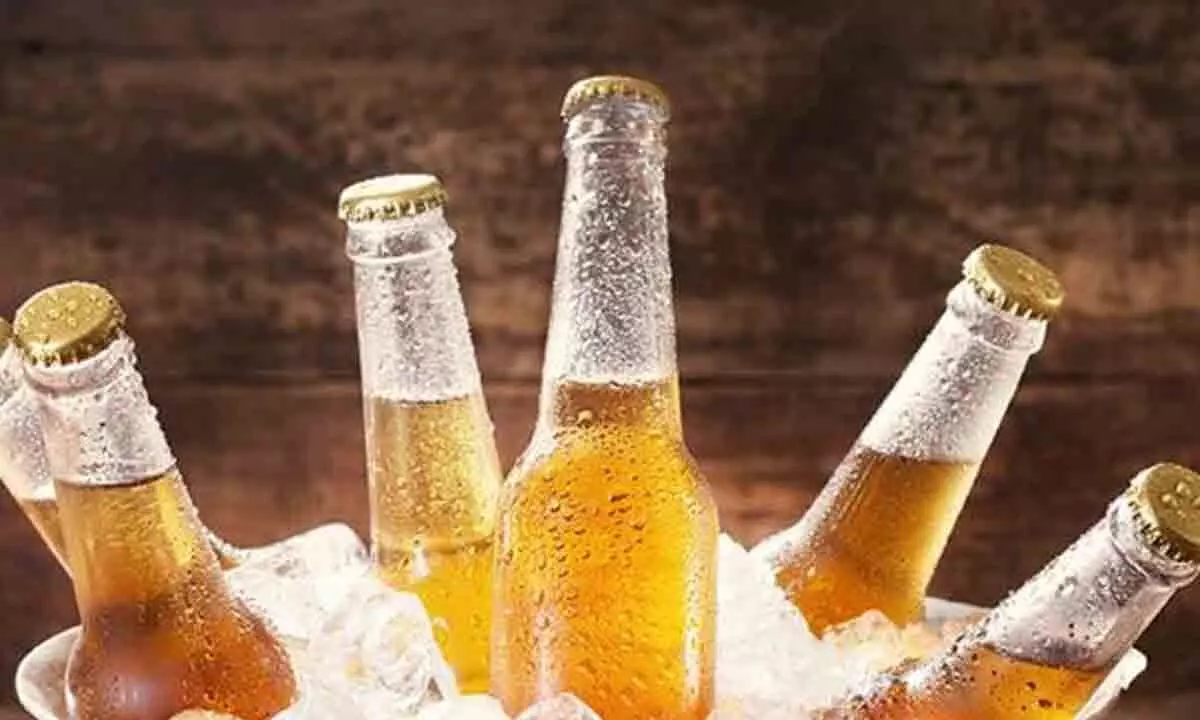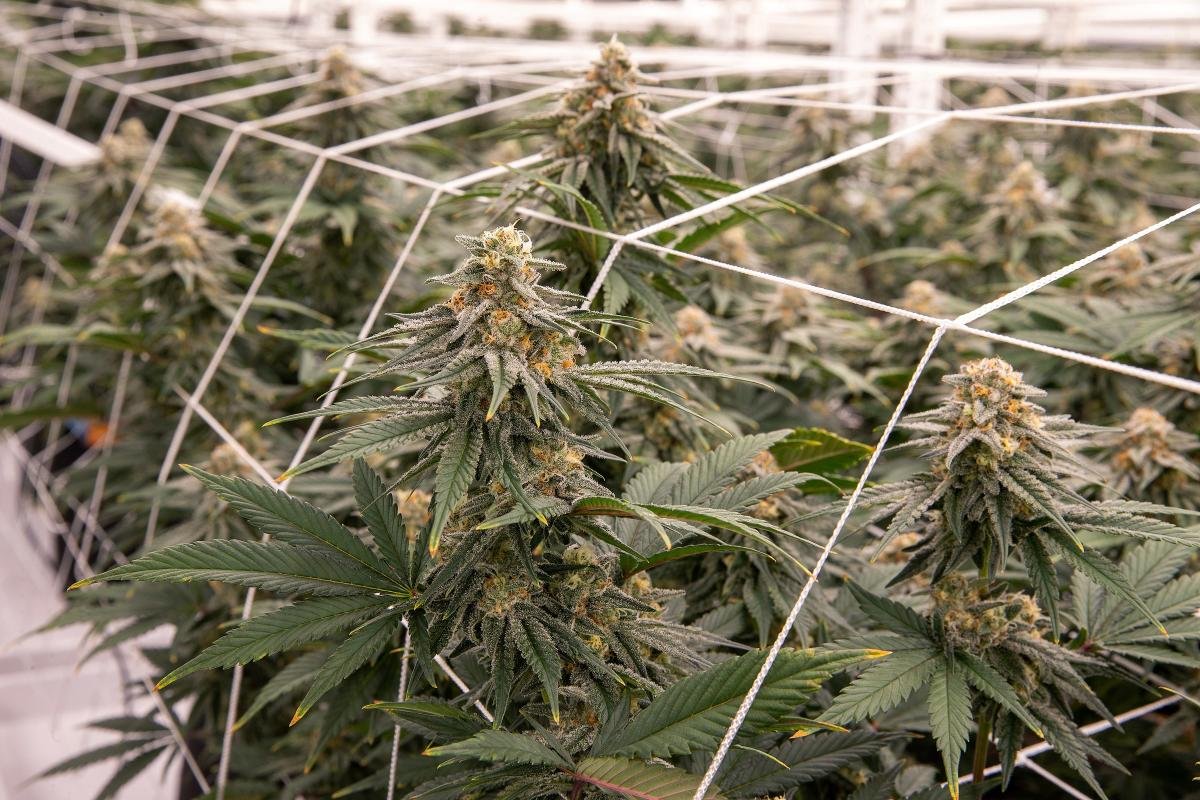Memorial Day weekend traditionally marks a peak for beer sales in the U.S., but this year saw disappointing figures, raising questions about the influence of cannabis on consumer choices. A Goldman Sachs survey of around 50 alcohol distributors revealed that beer sales fell short of expectations during the holiday weekend. Heineken experienced the sharpest decline, with 66% of distributors reporting decreased sales compared to last year. Other major brands such as Bud Light, Corona Extra, and Miller Lite also noted year-over-year drops. In contrast, brands like ABI, Pacifico, and Twisted Tea managed to achieve modest gains.
Several factors contributed to this decline. Persistent inflation, tariff concerns, and a shift in consumer preferences towards spirits and more sophisticated beverages have all impacted beer consumption. Notably, reduced alcohol consumption among Millennials and Generation Z is reflected in Gallup data, which shows that only 62% of 18 to 34-year-olds drank alcohol from 2021 to 2023, down from 72% two decades ago.
In Canada, where adult-use cannabis has been legal since 2018, beer sales have also suffered. Statistics Canada reported a 4.5% drop in beer volume for 2023/24, marking the largest annual decline since records began in 1949. A specific study in Nova Scotia indicated a 2.2% decrease in beer sales immediately following cannabis legalization, with sustained lower sales afterward. Furthermore, a Numerator survey cited by Bernstein found that 36% of cannabis users consume less alcohol, with nearly half acknowledging that they have replaced some alcohol intake with cannabis.
Cannabis users are increasingly opting for alternatives to beer, which suggests a shift in drinking habits. Jon Taffer, host of “Bar Rescue,” stated that cannabis-infused beverages are changing the drinking landscape in the U.S. He noted that the CBD beverage market is projected to grow from $5.3 billion in 2021 to $16 billion by 2026.
However, cannabis is not the only factor affecting beer sales. Growing health consciousness and trends such as “Dry January” are pushing consumers toward lower-alcohol or alcohol-free options. Additionally, economic pressures like inflation and tight household budgets are influencing purchasing decisions. Younger generations are also innovating in non-alcoholic drink options, altering the traditional drinking culture.
To adapt to these changes, beer brands may need to diversify their product offerings, including expanding non-alcoholic lines and exploring cannabis-related markets. Heineken and Constellation Brands have started making strategic moves in this direction, while some craft breweries are experimenting with cannabis-infused beers. Cannabis companies like Tilray have begun acquiring craft breweries to leverage distribution networks and prepare for future crossover products.
Overall, while cannabis is not the sole reason for the decline in beer sales, evidence suggests that a substantial number of consumers are choosing cannabis products over beer. As both industries evolve, beer brands that embrace innovation and adapt to changing consumer preferences will have better prospects in the market.




